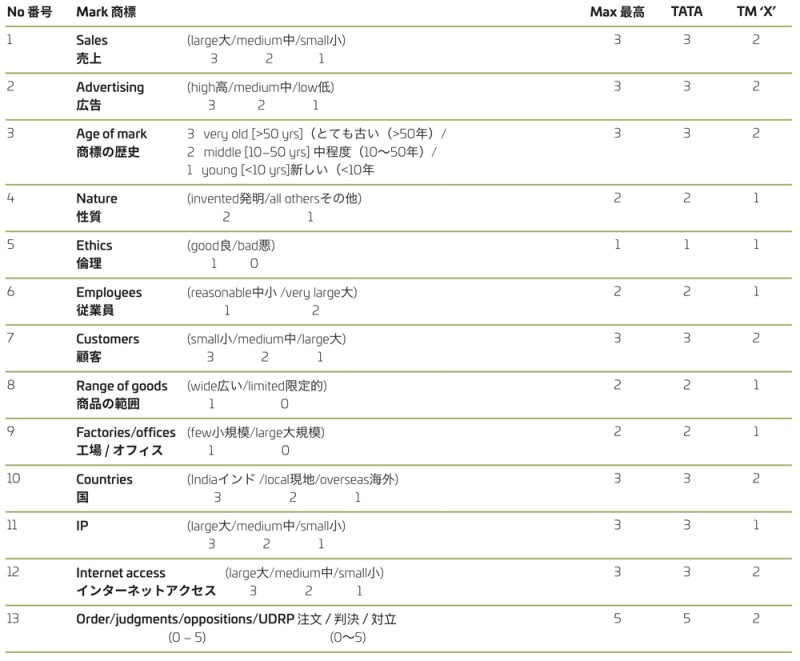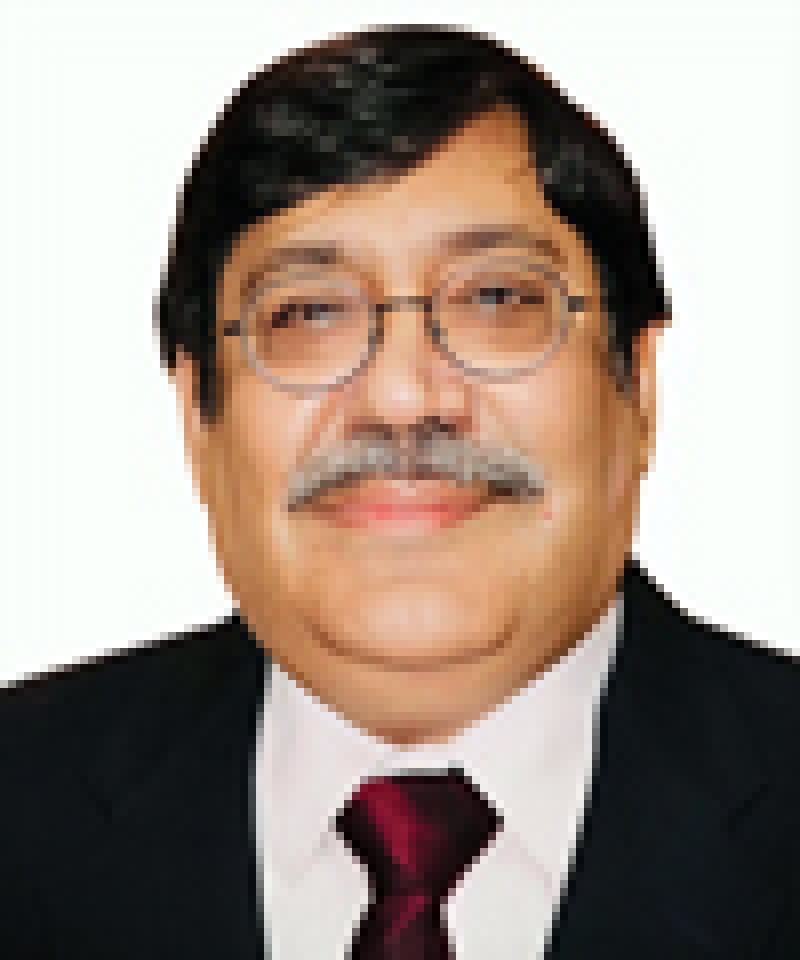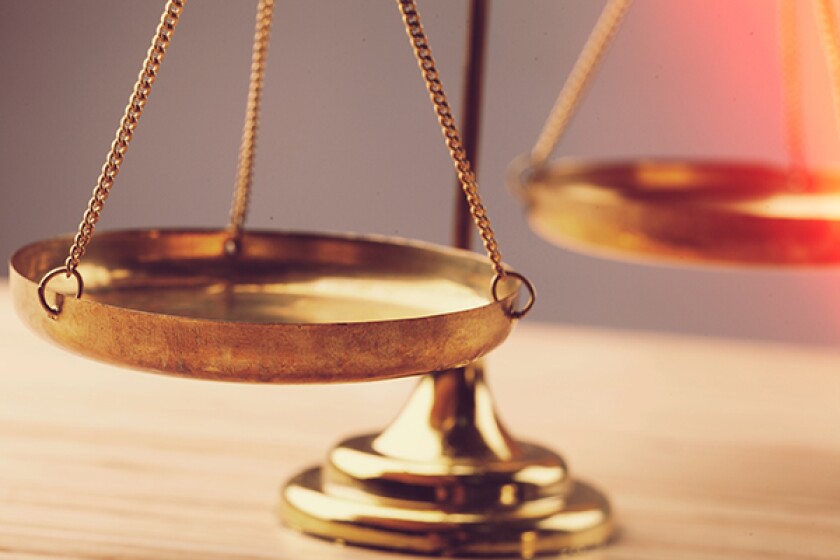The word ‘well-known’ is an adjective. Is there a noun for it? There are words like fame, recognition, etc. which are nouns but there does not appear to be a noun for well-known.
This article explores whether there is a need to quantitatively measure the quality of being well-known or well-known-ness and whether such an expression can be used to convey the same meaning. The article also looks at how such a measurement may be possible.
No sophisticated methodologies have been used such as machine learning programmes which have trained on data available from several well-known trademarks or statistical models that take into account complex factors and their inter-relationships. A simple method has been suggested which could get us going.
It is beyond the scope of this article to get deeper into the complexities of that measurement but of course that exercise could be expected to be performed in future and would be greatly welcomed by brand owners and by decision-makers alike.
When a trademark is infringed by a defendant, the court has to often determine the fame and renown of the plaintiff’s mark as also the likelihood of confusion to decide whether to restrain the use of the other mark or not. Traditionally, the actions can be for infringement, passing off or both.
In the past, there have been two broad approaches to these questions, namely:
There had been courts or judges who have been more intuitive in looking at the competing marks and forming an impression about the plaintiff’s fame if they knew about the plaintiff and a further impression about similarity through the process of comparison. This may or may not be the proper manner of comparison but in a practical world, it is what would often happen.
A second category of courts or judges would rely more strictly on the documents placed on the record by the plaintiff such as the registrations in the plaintiff’s favour and the various documents showing reputation and renown. This is a process based on evidence but not in any sort of quantitative way.
In various disciplines such as clinical psychology, evidence-based assessment (EBA) is being developed along the lines that involves reliance on data and is often found to contradict what may be an intuitive assessment. This process exposes cognitive biases that affect decision making.
In the context of trademarks, a plaintiff would often allege that the trademark is ‘invented’ as opposed to being arbitrary, suggestive or descriptive, seeking a very high degree of protection often beyond the goods or services for which the mark had been used.
At other times, the plaintiff would allege that the mark is well-known, i.e. that it has acquired a very high degree of renown amongst the concerned sections of the consumers of the goods and services in relation to which it is used.
In well-known trademarks, several issues arise, such as:
(a) What are the trademarks being compared? Are they famous for their respective goods, such as for e.g. United Airlines and United Pressure Cookers or United Insurance; and
(b) If cases brought by the plaintiff in court for infringement and passing off, on account of the plaintiff’s fame, are not contested and do not result in final judgments simply because they settle (by the defendants giving up quite easily), then how would the plaintiff be able to get a declaration that the mark is well- known.
This happens quite often to very well-known marks which have never had the opportunity of having been formally declared well-known.
In the example of two well-known trademarks such as the ‘United’ example given above, what if the airlines and the pressure cooker company both get into catering services? Who would get the priority? Or the pressure cooker company and the insurance company want to secure safety compliance and have some kind of service to get households through a process of inspections and certifications, who would be able to succeed against the other?
Until now, the courts in situations such as these, look at the priority of use namely whoever entered the virgin territory first, would occupy that field.
Another assessment could be to determine which of the companies is closer to the new activity and the activity is more natural to their expansion plans. This could be based on evidence by third parties who are in such cognate or allied fields in an attempt to show that the virgin area is closer to one of the two parties than it is to the other.
Both these tests may be reasonable and nothing wrong with them.
Another approach for the future is based on the thinking that being well-known is not a binary condition namely that you are either well-known or not well-known.
It is more a hierarchy where you can be well-known or better known or very well-known or extremely well-known. Some of these expressions have actually been used in the content of some very well-known trademarks (e.g. Order of Justice G.S. Sistani in Ford Motor Company & Anr v Mrs CR Borman ‘extremely well-known trademark’).
If it is a hierarchy, there are again three ways of determining which of the marks are better known than the other.
A first method could be that a judge simply looks at the two marks and knows the depth of use of one as compared to the other and is intuitively able to say that one is better known than the other.
A second method is to conduct a market survey following traditional principles where a representative sample is selected; no leading questions are asked; the answers are faithfully recorded; and interpreted without any bias.
These market surveys can also be quite useful and in some cases have been considered indispensible not only to show that the mark has acquired great fame and renown but further that one is likely to lead to confusion with the other.
A third method is to actually create a scale of well-known trademarks.
Such a scale would reduce the subjectivity of the first intuitive approach and would look at a wider range of factors than the second approach. It is not as if a scale would not have elements of subjectivity, as obviously it is not like measuring the height in a high jump contest or the length in a long jump or the weight in a weight-lifting contest.
Even objectively collected facts would require interpretation which would introduce some bias and subjectivity, but on the whole, it could be a good starting point for a final analysis by the learned judge. It would be like a blood test given to a doctor who then uses it as a stepping-stone for his diagnosis.
It is interesting that these days the world is moving towards measuring a lot of things which was not the case in the past. Thus, there is a Scoville Scale to measure the chilly content or a Pain Assessment Scale from 0 to 10 or the Wechsler Adult Intelligence Scale (WAIS) for IQ for adults and late adolescents.
In modern society we are moving increasingly towards more empirical fact and science-based decision making and this new approach certainly justifies a scale.
In the book “Noise” by Daniel Kahneman, Sibony and Sunstein, it is pointed out that undesired variability in decision making is one of the two most important factors which lead to flaws in human judgments. A scale would help achieve less ‘noise’ or greater consistency in similar cases.
When one looks at the kind of factors for considering whether a mark is well-known and to what extent, then at least the following broad criteria appear to be relevant, namely:
The nature of the mark itself – if the trademark is invented then the chances are that there would be lesser number of parties that have used the mark and so the mark would not be in a cluttered field. Inventive marks are not the most popular with advertising people, as they may be tougher to promote, but once they get into a consumer’s mind, it is equally difficult to remove them because they form a strong association.
As opposed to this, if you take a suggestive or a descriptive mark then there may be many users who may justifiably use the same in a bonafide way and the market would not only be cluttered but the association of consumers would be a weaker one and this would affect the well-known status.
How old is the trademark? This may be less relevant as some of the newer trademarks are so extensively advertised on social media that they can become well-known overnight.
This factor of length of use was very important when the outreach of the trademark was lesser at the time of traditional advertising, but today, though relevant, it plays a lesser role to determine its well-known status.
The internet presence of a trademark appears to be quite important to determine its well-known status. This is often measured through social media visibility by resorting to tools like Google Hits (GH), Wikipedia page views or Twitter followers. These are good metrics of fame on the internet.
Sales and promotion activities of the mark which are perhaps the most important factor in determining their well-known status. The extent of sales obviously indicates the popularity of the mark and the advertising shows the coverage. Added to this would, of course, be factors like the number of customers and the geographical area or the number of countries in which the mark is promoted.
The ethics of a company – Normally this would be a neutral factor, but if it is a company with a well-known criminal record, then all its fame would instantly fall to the ground and it is, therefore, a destructive factor which would neutralise the others.
There are group of other factors which are not directly relevant such as the number of employees, the number of factories and offices and the range of goods as some companies manufacture a single article whereas others cover a very vast range of products.
Finally, what are the IP rights which are owned by the company and the extent to which they have been successfully enforced as indicated by court orders, judgments, successful oppositions, UNDRP orders, etc. All these factors are useful and valuable to have a reliable metrics for measuring fame, renown and reputation.

Although a fair amount of research may be necessary to choose all the relevant factors and to accord to them the appropriate weightage, 13 factors have been selected and given a weightage to see:
What is the maximum points that a mark can get on the well-known scale?
What points would a very well-known mark (e.g. TATA) ideally make on such a scale; and
What points would a mark have if it was very well-known locally for one specific product with medium sales and medium advertising, reasonably old but a little descriptive with moderate exports and low IP or enforcement record on the well-known scale?
Therefore, the well-known score is = (ethics x nature x sales x advertising x customers x countries)
+ Internet score
+ ‘R’ score (R is the age + employees + range + factories)
+ ‘IP’ score (IP is the IP strength + orders).
Regarding Trademark ‘X’, an actual trademark which satisfies the above conditions has been considered for this study, but its identity is masked by terming it Trademark ‘X’ for privacy reasons, as it is being compared to one of the highest scoring well- known trademarks and it may not be appreciated receiving points anything below the best.
Taking into account the above, the maximum score possible is 182. TATA gets the score of 182 and Trademark ‘X’ gets the score of 26.
The analysis was done for an invented trademark which was newly adopted and put on the market but hardly had any customers, sales or renown. This also has a score of only ‘8’.
A local restaurant in New Delhi which is known to its customers for a considerable period of time, was also subjected to this analysis, but found to have a score of only ‘9’.
Obviously, somewhere between ‘8’, ‘9’ and ‘26’, a mark starts to become well-known.
This recommended scale is not a substitute for good professional legal advice, where the facts of each case are analysed carefully in the context of current judicial thinking.
Click here to read this article in Japanese
Click here to read all the chapters from the Japanese Buyers' Guide 2021

Pravin Anand
Managing partner
Anand and Anand
T: +91 12 0405 9300
Pravin Anand is the managing partner at Anand and Anand and has 40 years of experience as an IP lawyer.
Pravin has worked on some landmark cases including patent lawsuits that transformed the pharmaceutical and bio-technology enforcement regime in India including Merck v Glenmark; Roche v Cipla; the Monsanto case; and a large number of other suits on behalf of Pfizer, BMS, AstraZeneca. Other landmark cases include India’s first anti-anti-suit injunction order (InterDigital v Xiaomi); a software patent law suit conferring protection (Ferid Allani case); and Philips v AmazeStore (aggravated damages).
Pravin has been awarded the AIPPI Award of Merit and recognised as FT's ‘Most Innovative Lawyer – Asia Pacific’.











